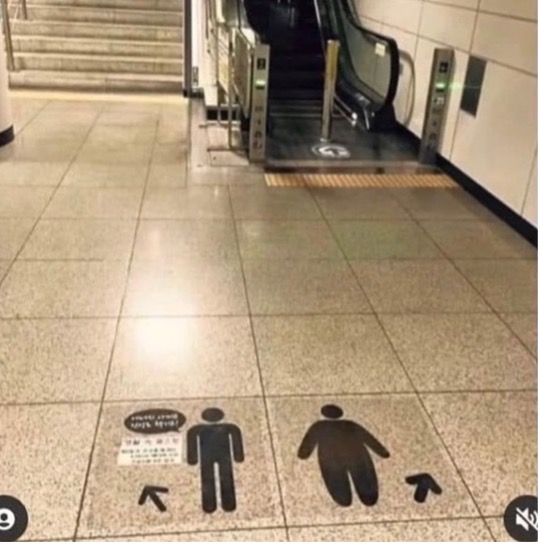By Caitlin Rothermel
Because public health is an increasingly (and unexpectedly) in-your-face part of life, it’s a good idea to understand how public health “talks” to and sends messages to us.
While I was working on my public health degree, I was never given the impression that our kind would emerge with any sort of genuine authority or visibility. Instead, we learned to conduct research. So much research. And then, once we were ready to design a program of some sort, it was time to develop and test some targeted health messaging.
With that in mind, here is how we talk to you:
Inform. It’s a traditional public health job to inform people about something that may or may not be good for them. Ideally, education is also provided (because it’s always better to understand a message rather than just follow it by rote). An example of informing is the United States Food and Drug Administration’s recommendation to eat fish with high levels of Omega-3 fatty acids during pregnancy.
Incentivize. Incentives come up most often when we talk about economics, but they but also play a role in health. Positive incentives include an employer lowering health insurance costs for employees who join and use the gym. Or when your local food growers’ association puts in place a community currency so people receiving food benefits can shop at the Farmer’s Market. (Vashon – that’s us. Thank you, Vashon Island Grower’s Association.)
Incentives can also be negative, meaning the choice to engage in certain behaviors comes with some sort of penalty or restriction. Like taxes on sugar and alcohol, and fines for not wearing seatbelts. In 2005, King County implemented a program that massively disincentivized smoking by prohibiting indoor smoking in all public places, and within 25 feet of public places, including bars and restaurants.
Nudge. Nudging takes advantage of our human tendencies to postpone decision-making and to be sensitive to peer pressure. It uses strategies to “alter people’s behavior in a predictable way, without forbidding any options or significantly changing their economic incentives.”
Ideally, nudges improve decision-making by changing the way available options are presented. Redesigning a cafeteria to put healthier food at eye-level is a nudge, but refusing to sell junk food is not. Nudges do not incentivize, mandate, or coerce.
The use of nudging in public health pretty much exploded in 2008 following an essay and book of the same name by Richard Thaler and Cass Sunstein. The Obama Administration was a particular fan, and Cass Sunstein served as his Administrator of the Office of Information and Regulatory Affairs from 2008-2012.
Other examples of nudges include the reports sent to compare your home energy use to other households, to encourage reduced consumption, and using an “opt out” approach for organ donation systems, to keep the number of participants high.
Shove. The next phase of public health messaging is what I call the “shove.” I created this term – I admit this. The shove can work alone or alongside other messaging approaches. But it adds a new level of coercion, via shaming and threats of disenfranchisement and/or economic loss.
Some people were effectively shoved into receiving the COVID-19 injection by being threatened with job loss. Likewise, when researchers at Yale University evaluated the ability of specific “persuasive messages” to increase COVID-19 injection uptake, the majority of the most effective and subsequently used messages focused on factors like embarrassment, lack of bravery, reputational costs, and restricted personal and financial freedom.
These days, I find myself with a renewed appreciation for the power of public health messaging, and I am watching its trends closely. I hope we all are.
Caitlin Rothermel has a master’s in public health from the University of Washington.

